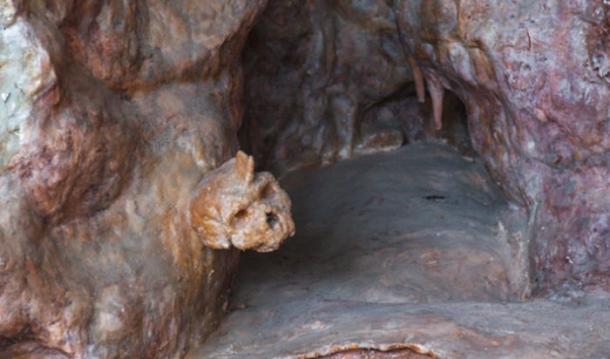🔴 Website 👉 https://u-s-news.com/
Telegram 👉 https://t.me/usnewscom_channel
A new study has finally provided a ‘definitive’ minimum age for one of Europe’s most controversial hominin fossils. The Petralona skull, discovered in a Greek cave over six decades ago, has been dated to at least 286,000 years old using advanced uranium-series dating techniques. This revelation not only settles a long-standing scientific debate but also provides crucial evidence that multiple human lineages coexisted in Europe during the Middle Pleistocene period.
The research, published in the Journal of Human Evolution, represents a significant breakthrough in understanding European human evolution and challenges previous assumptions about Neanderthal dominance in the region during this critical period.
Revolutionary Dating Technique Ends Decades of Uncertainty
The Petralona cranium was first discovered in 1960 by local villagers in the Petralona Cave in Chalkidiki, northern Greece, approximately 50 kilometers (30 miles) from Thessaloniki. For over four decades, scientists have struggled to determine its age, with estimates ranging wildly from 170,000 to 700,000 years. This uncertainty stemmed from the skull’s unique discovery circumstances – it was found cemented to a cave wall without clear stratigraphic context, making traditional dating methods extremely challenging.
